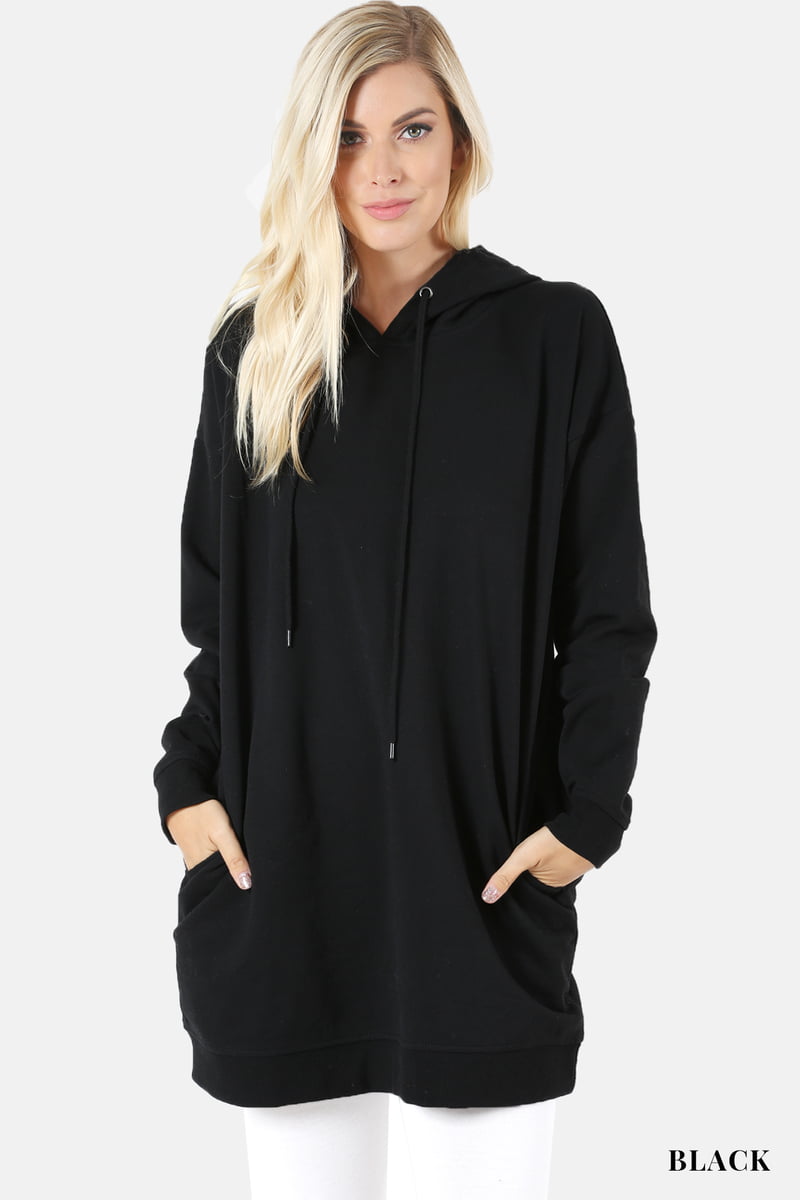What things to Consider When Deciding on the best Sweatshirt

Sweatshirts are long-sleeved shirts that are typically composed of thick cotton. They are usually used as casual clothes but aren't as dressy as sweaters or cardigans. They may not have an Hood. If you are interested in buying a sweatshirt, here are some suggestions:
Norma Kamali spread the appeal of sweatshirts
Since the late 1970s, Norma Kamali has transformed the basic sweatshirt into a work of art. Her designs are now a staple in almost all women's wardrobes. Her distinctive styles range from a tummy-tucking crew neckline to leather-paneled sweatshirts . She also has created clothes with unique shapes, such as tanks with an extended trumpet skirt.
A collaboration with the brand and sweatshirt manufacturer Everlast resulted in her Timeless collection, which became hugely popular when it appeared in the Spiegel spring 2006 catalog. The collection offered knits that could be interchangeable or convertible in classic silhouettes and a lot of pieces were priced at less than $20. Even the Norma Kamali's Timeless collection was not available in stores, customers could still find the items through eBay as well as Poshmark.
Merino wool sweatshirts feel more comfortable than sweatshirts made of soft wool.
Merino wool is known for its ability to wick moisture away, which helps to keep you comfortable and dry. This is a naturally-occurring fibre that also offers a more comfortable feel. The fabric also dries quickly when compared with other natural materials. Furthermore, merino is a sustainable resource. The merino sheep shed their coats every year , and then grow new ones.

sweat shirts -to-heat ratio is high, and the warmth of wool makes it an ideal material for sweatshirts. It aids in controlling the body's temperature because of its loft which naturally traps heat between the fibers. This is the reason Merino wool sweatshirts are great for outdoor and summer activities such as mountain biking and running. The warmth it provides ensures that the wearer stays cool and dry, which is essential for working out.
Zip-front hoodies feature kangaroo pockets.
Kangaroo pocket Hoodies are a very popular type of hoodie. They feature a big pocket at the front which keeps your hands warm on chilly days. They're additionally more practical than conventional pockets, since they allow your hands to slide in and out effortlessly.
Kangaroo pockets are typically large enough to fit a wallet or some other small items for personal use. They are commonly large enough to accommodate a small hand and are large enough to accommodate two hands. They are wide on either side and make them ideal for carrying small items.
French terry fabric is a very popular material for sweatshirt s
The French Terry fabric is constructed of soft yarns knit into loops and is typically midweight. It is also known for its ability to wick away moisture and is pre-shrunk. French Terry is a fantastic choice for sweatshirts because it will keep you warm when you require it and keeps your cool when you want to cool down.
French Terry is also popular for loungewear, since it is stretchy enough and has enough flexibility to feel good on your skin. It also allows enough air to circulate around the fabric, making it ideal for layering underneath other clothes. Furthermore, since it's lighter than other sweatshirts you can wear it throughout the year without feeling warm or cold.
Hoodies are classy and have a connotation of class.
Although it might appear that hoodies are just an appropriate clothing item for people of the working class, the reality is that they are a symbol of class. The hooded clothing was first popular in the early 1970s in New York, where graffiti artists wore them to hide their identities. In 1976 the hoodies made their big film debut in "Rocky," when the working-class main character was seen wearing hooded gray sweats on his memorable climb up the steps of the Philadelphia Museum of Art.
Hoodies are frequently linked to death, destruction and other unpleasant things, and yet they also serve practical purposes. For example, monks and priests might wear hoods in order to display modesty and inward focus.
